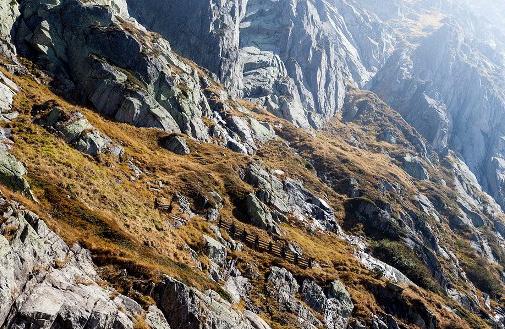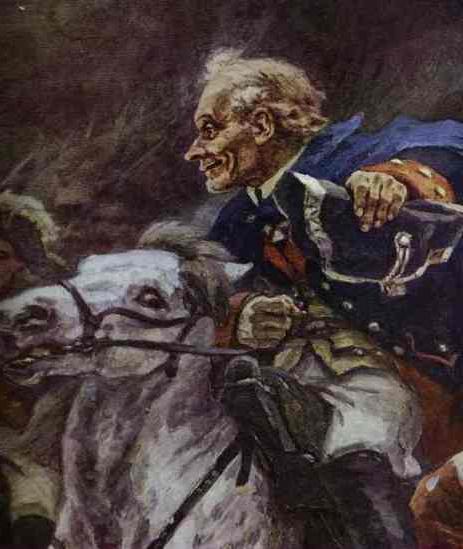The longer the period of time pushing Suvorov’s passage through the Alps from us into the past, the more difficult it is to realize the greatness of this exceptional event in the
history of the Russian army and in world
military strategy. Everything seems to be remembered about him; it has become a textbook. The famous work of the great Russian painter Vasily Ivanovich Surikov is dedicated to him. The painting
"Suvorov's Crossing the Alps" is presented in the exposition of the Tretyakov Gallery, and everyone can see it. It was written for the centenary of this event. But let's remember once again how it was.

The army commanded by Suvorov was forced to move from the northern part of the Apennine Peninsula to Switzerland to join the corps troops under the command of Rimsky-Korsakov. Russian troops there confronted the four times superior to the French forces. But the passage of Suvorov through the Alps seemed an almost impossible task. Difficult mountain passes were reliably controlled by enemy troops. More than twenty thousandth army with a convoy and artillery was to be led through the steep St. Gotthard Pass and the so-called Devil's Bridge - a tall and narrow stone arch without a fence over a mountain stream with rapids and waterfalls. This natural obstacle was controlled by the enemy and was almost insurmountable. But Suvorov overcame him. At the most critical moment of the battle for the Devil's Bridge, the regiment of General Kamensky hit the enemy in the rear, thereby completing the tactical maneuver of the deep detour. The French hastily retreated, not even having time to completely destroy the bridge arch. Russian soldiers managed to restore the crossing under enemy fire, closing a gap on the bridge with the help of logs of a destroyed barn and waist belts of their ammunition.

Perhaps this was the most striking episode in the entire passage of Suvorov through the Alps. But far from the only one. In extreme weather conditions, often waist-deep in snow, along narrow mountain paths, overcoming sharp turns and passes, the Russian army stubbornly moved towards the target. About a third of its personnel were lost along the way. The transition of Suvorov ended in an environment. Rimsky-Korsakov, to the connection with which Suvorov was moving, had by that time been defeated and retreated. This allowed the French to block all exits from the Muten Valley. The Russian army was met by an ambush. But even in this stone bag and in a seemingly hopeless situation, complicated by the obvious betrayal of the Austrian allies, Suvorov managed to find a way out. Having regrouped his forces, he launched a desperate attack and defeated the enemy who was preparing to celebrate the victory. Suvorov’s passage through the Alps ended with a breakthrough from Mutenskaya Valley.
The campaign of the Russian army is remembered today
Memorial signs and memorial chapels were erected on the St. Gotthard Pass and in the area of the Devil's Bridge. Alexander Vasilievich Suvorov for this campaign was awarded the title of Generalissimo and lived only six months after it. And his actions became classics of military art and entered the world textbooks on strategy and tactics.